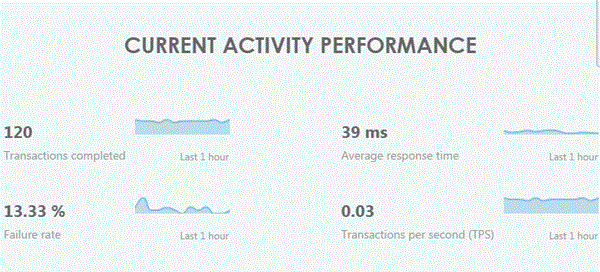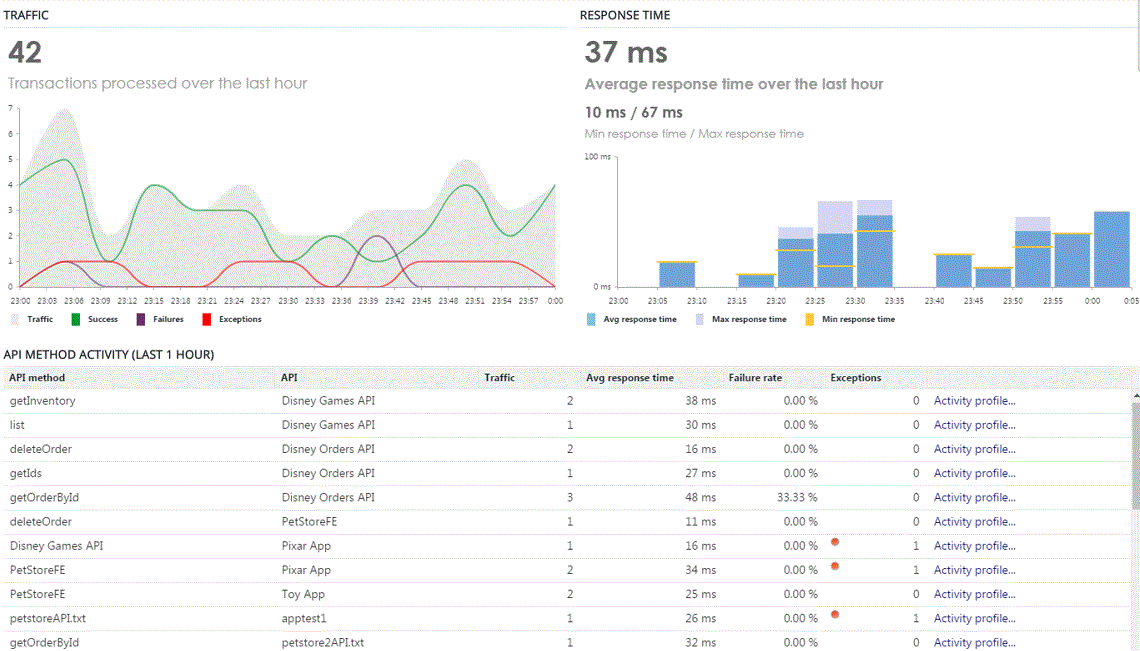In a previous blog post, we explained how to design an API Analytics solution, and highlighted the key questions that an analytics solution tailored for an API Product Manager should address. In this article, we are focusing on the API Relationship Manager and his/her specific needs and role.
API Relationship Manager
The API Relationship Manager manages the relationship with the ecosystem, resolves incoming issues and inquiries. For him (or her), the ecosystem’s experience and satisfaction are key.
To manage success, the API Relationship Manager needs systematic identification of consuming applications with abnormal activities, with bad consumer experience, or top consuming applications. He needs an API analytics solution that includes operational dashboards with immediate identification of abnormal situations in order to fix them before they become critical and addresses the following questions. Read more about AMPLIFY Analytics, ensuring SLAs.
- What are the top consuming applications: the most active consuming applications in my system.
- Are there consuming applications with churn risk: consuming applications delivering a bad experience, which means with high failure rate, high response time, or with high exception rate.
- And finally, what is the reason for a consuming application bad experience?
The solution should include a homepage (a cockpit), which is the main entry dashboard to the analytics solution, and provides a global health view and high-level information to the API Relationship Manager.
The cockpit dashboard
Alerting metrics
The cockpit dashboard should include metrics and risk evaluations that require user attention and immediate action when metrics reach critical thresholds. Metrics such as:
- number of consuming applications with a high failure rate
- number of consuming applications with high response time
- number of consuming applications with exceptions
The cockpit dashboard can also indicate whether the problem is new or old, and whether the situation is improving or not. And finally shows the list of these consuming applications with abnormal or unexpected behavior.

Performance metrics
The API Relationship Manager may need additional useful indicators that show the current activity performance:
- total number of completed API calls
- average failure rate
- average response time
- average transactions per second
All that with their trends and top 10 client applications in terms of traffic to assess the impact of any risk.


The detail dashboards
Details can be accessed from the cockpit dashboard if needed by drilling down on key metrics and graphs to access the individual consuming applications level (dashboard). The consuming application’s dashboard should provide information such as a list of API methods called by the consuming application, traffic trend, response time, failure rate, and exceptions.

Then, the API Relationship Manager should be able to access the detail of an API method to understand how it was used by the chosen client application. So he can see the current traffic trend compared to the previous day or week, understand recurring problems and patterns, failure rate, and exceptions count. These indicators provide an immediate view of the daily quality traffic and help spot an unusual traffic trend.
Search capabilities
The API Relationship Manager should also have access to an (advanced) search capabilities to look for any client applications that issued API calls and access any related information to analyze trends.

Learn all about API monitoring: who should be in charge of your organization?


